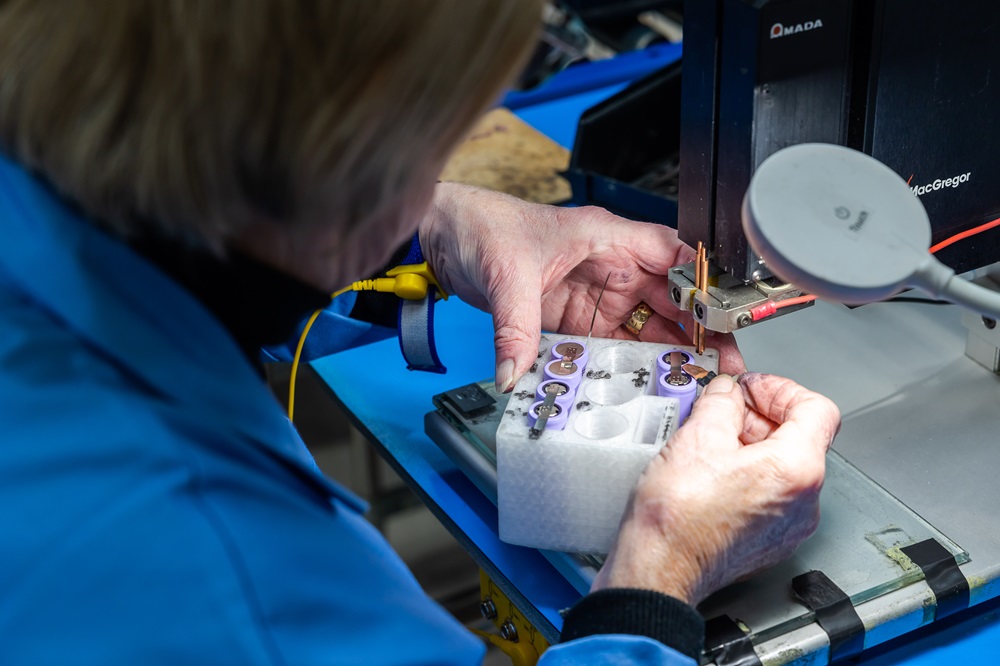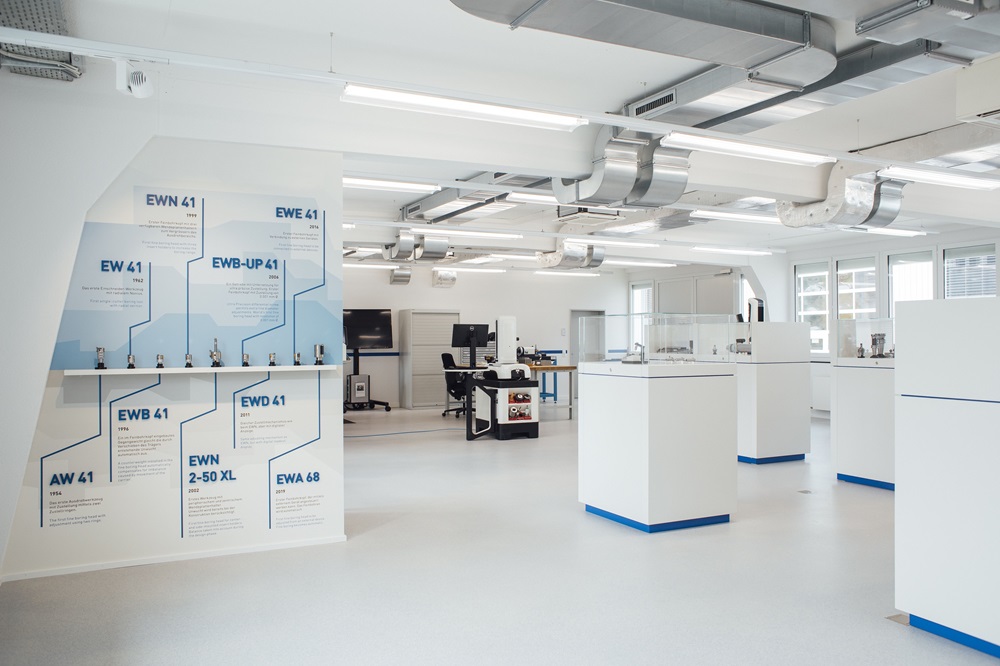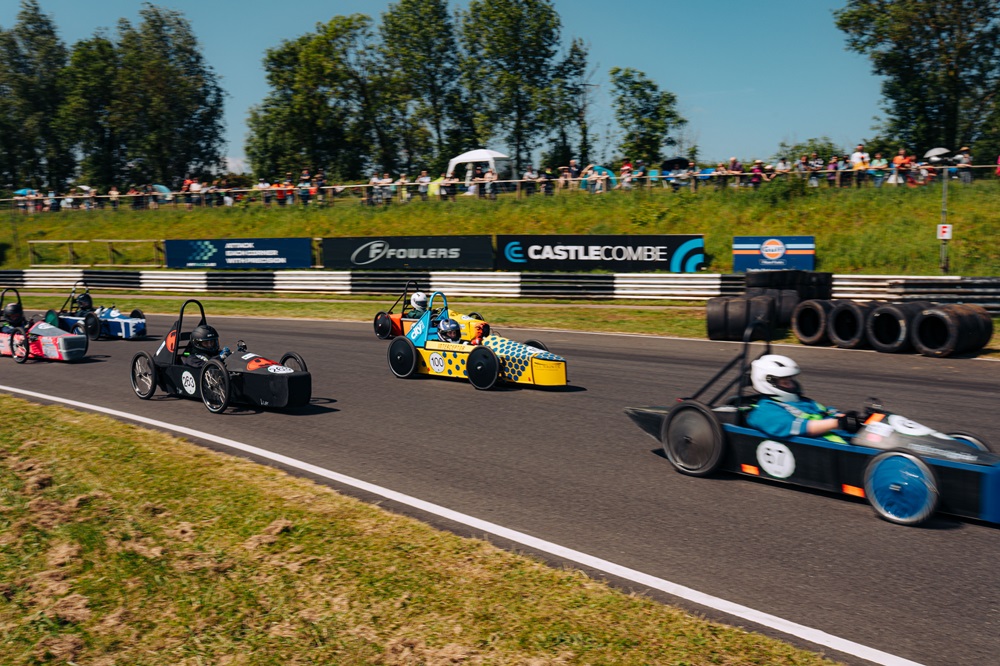Battery technology is driving the evolution of power tools. As manufacturers push for better
performance and usability, the battery pack has become a key battleground. Designing a
battery pack is not just about cramming in more energy, power tool OEMs need to strike a
balance between durability, power and safety, while keeping up with technological
advancements and industry trends. Owen McNally, principal design engineer at Alexander
Battery Technologies, explores the key factors shaping next-generation battery packs for
power tools.
The challenges faced by manufacturers in the power tool industry depend largely on the
type of tool and its end-use application. As any tool manufacturer will understand, a drill
used occasionally for DIY projects does not have the same demands as a high-powered tool
at a manufacturing site and the batteries need to reflect that.
Designing batteries for professional tools comes with higher expectations for sustained
power, thermal management and resilience against real-world conditions. These batteries
need to deliver sustained high power without overheating, while also withstanding drops,
dust and moisture. Battery design engineers will incorporate essential features like
ruggedised casings, high discharge rates and efficient thermal management to ensure long-
term reliability and high-performance standards in rugged environments.
Standardised battery platforms have helped OEMs simplify power tool ecosystems, offering
broad compatibility and ease of use. However, these solutions do not always meet the
needs of professional and industrial applications, where performance and durability are key.
As operational demands become more specialised, many manufacturers are looking beyond
off-the-shelf options towards tailored battery solutions designed for real-world conditions.
For power tools used in extreme conditions, battery performance and durability are critical.
A customised battery design can be the difference between reliability and failure. In one
example, a manufacturer of high-torque tools used on oil rigs and in wind turbine
maintenance was experiencing unacceptable failure rates due to harsh operating conditions,
including frequent battery damage when the heavy tool was dropped. By integrating a data
logging feature within the battery management system, along with an accelerometer to
detect drops, Alexander Battery Technologies developed a solution that disables the battery
if it is dropped from a significant height. This added layer of protection helps prevent
accidents and unnecessary returns, making the tools safer and more reliable for the end
user.
As OEMs strive to differentiate their power tools, there is a growing trend towards custom
battery solutions. Standardised platforms like the Cordless Alliance System (CAS) are a
practical choice for some companies, providing an easy, cost-effective solution by offering a
shared battery platform across multiple tools. However, this approach does not allow for
the flexibility and performance optimisation that many tools require, especially for use in
industrial and heavy-duty applications.
Bespoke battery management systems enable OEMs to tailor power output, extend run
times and add advanced functionality that standardised packs cannot provide. For instance,
some tool batteries now feature Bluetooth connectivity, data logging and enhanced thermal
protection, all designed to improve performance in demanding operating environments.
These features are especially important for categories of power tools where battery
operation is put to the test under intense usage conditions.
While a custom battery design gives the OEM full control and flexibility over the
performance of their product, this route may present additional challenges, particularly
around compliance and manufacturing costs. Regulations governing battery safety,
transport and recyclability are becoming more complex and OEMs must ensure their
products meet customer expectations as well as international regulatory requirements.
Despite these challenges, transitioning to a proprietary battery pack does not need to be a
costly or complex exercise. By partnering with a custom battery manufacturer, OEMs can
develop high-performance, cost-effective solutions that comply with industry regulations
while being optimised for market viability and long-term reliability.
When designing battery-powered tools, OEMs must carefully evaluate the advantages and
trade-offs of different cell formats during battery pack specification. Cylindrical cells remain
the industry standard due to their robustness, high discharge rates and mechanical
durability, offering a reliable choice for both consumer and professional-grade tools. They
are also easy to manufacture at scale, providing consistent performance and cost-efficiency
for power tools that require high power output and resilience to impact and vibration.
For applications where compactness, weight reduction and heat dissipation are critical,
some manufacturers are exploring pouch cells. These can offer higher energy density in a
smaller footprint and, in some cases, support faster charging times. However, pouch cells
lack structural rigidity, making them more susceptible to damage and requiring additional
packaging to ensure durability in use. This adds complexity to battery pack design,
particularly for tools that experience high-impact use or extreme conditions. For this reason,
cylindrical cells remain the preferred choice for battery design engineers seeking long-term
reliability and user safety in power tools.
One of the most significant concerns for OEMS when exploring the option for a custom
battery design is meeting global shipping and safety regulations. Power tool manufacturers
must carefully navigate these regulatory frameworks, especially when selling
internationally. Batteries exceeding 100 watt-hours are classified as dangerous goods,
requiring special packaging, labelling and certifications. In addition, some regions impose
certifications, such as UL or CE, making compliance an important consideration in product
development and distribution.
As battery capacities increase, it is also important to consider the environmental impact and
recyclability of batteries. There is increasing pressure on manufacturers to develop batteries
that can be recycled more efficiently and are less reliant on finite materials like lithium and
cobalt. With growing pressure on the industry to meet sustainability goals, power tool
manufacturers must design battery packs with recyclability in mind and explore second-life
strategies to reduce environmental impact.
While cylindrical cells continue to dominate, emerging battery technologies could bring
significant advancements in performance, safety and efficiency for power tools. One of the
most promising developments is AI-powered battery management systems (BMS), which
enable batteries to monitor their own health, optimise power delivery based on usage
patterns and regulate temperature in real time. This technology enhances both battery
lifespan and tool performance, ensuring more consistent power output even in demanding
environments.
Another innovation gaining traction is the tab-less cell design, which aims to reduce internal
resistance and heat generation. Unlike traditional cylindrical cells, where tabs limit current
flow, this design allows for faster charging and discharging, improved efficiency, and better
thermal management. Although still in its early stages, the technology has the potential to
improve power tool performance and battery longevity if manufacturers can scale
production cost-effectively.
Silicon anode batteries are also drawing attention, offering higher energy density, longer
run times and faster charging. Historically, these batteries have faced challenges with
swelling, sometimes expanding up to three times their original size. However, recent design
improvements claim to have mitigated this issue, making them a potential game-changer for
power tools if they prove stable in real-world applications.
Looking further ahead, solid-state batteries could introduce even greater safety and
efficiency by replacing traditional liquid electrolytes with a solid material. This change could
reduce the risk of thermal runaway while also increasing energy density and cycle life.
However, solid-state technology remains expensive and is not yet widely scalable for power
tools. If manufacturers can overcome these hurdles, it could become one of the most
significant advancements in battery technology in the coming years.
A strong battery partner helps OEMs make the right choices at every stage, from defining
mechanical and electrical specifications to ensuring regulatory compliance and managing
logistical considerations. The right expertise ensures that battery packs are safe, durable
and optimised for real-world conditions, while also helping to avoid costly delays or design
limitations that could impact product success.
More information www.alexandertechnologies.com



















